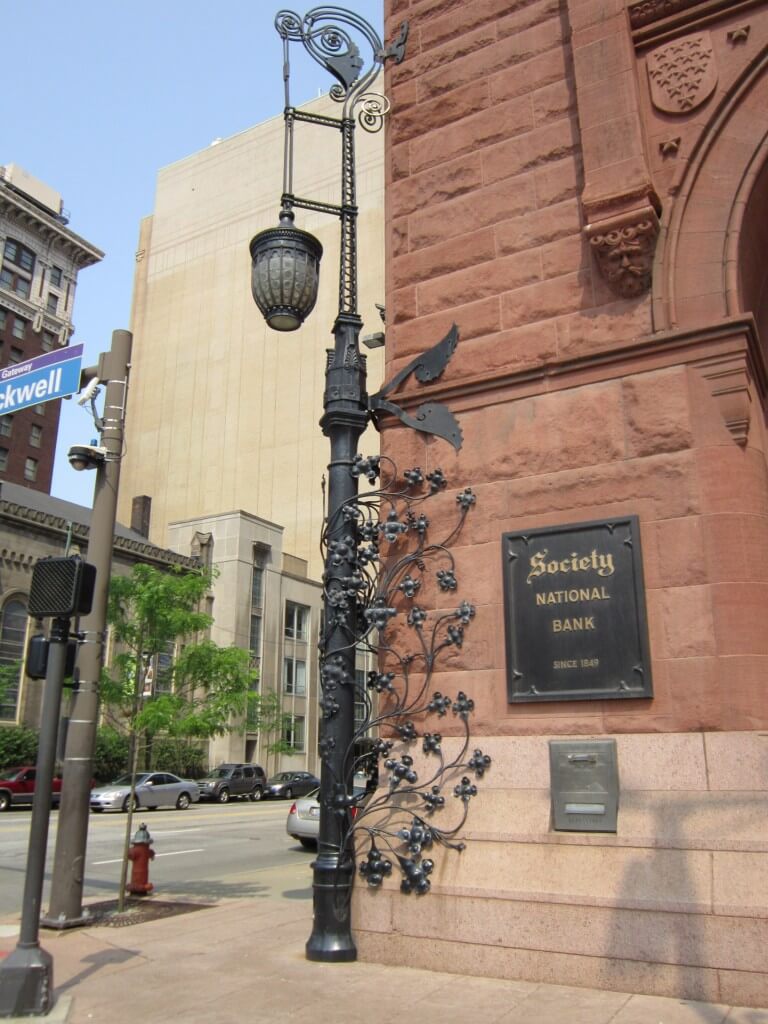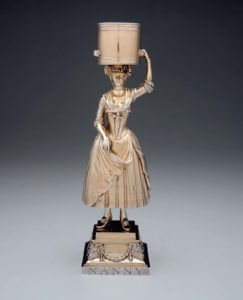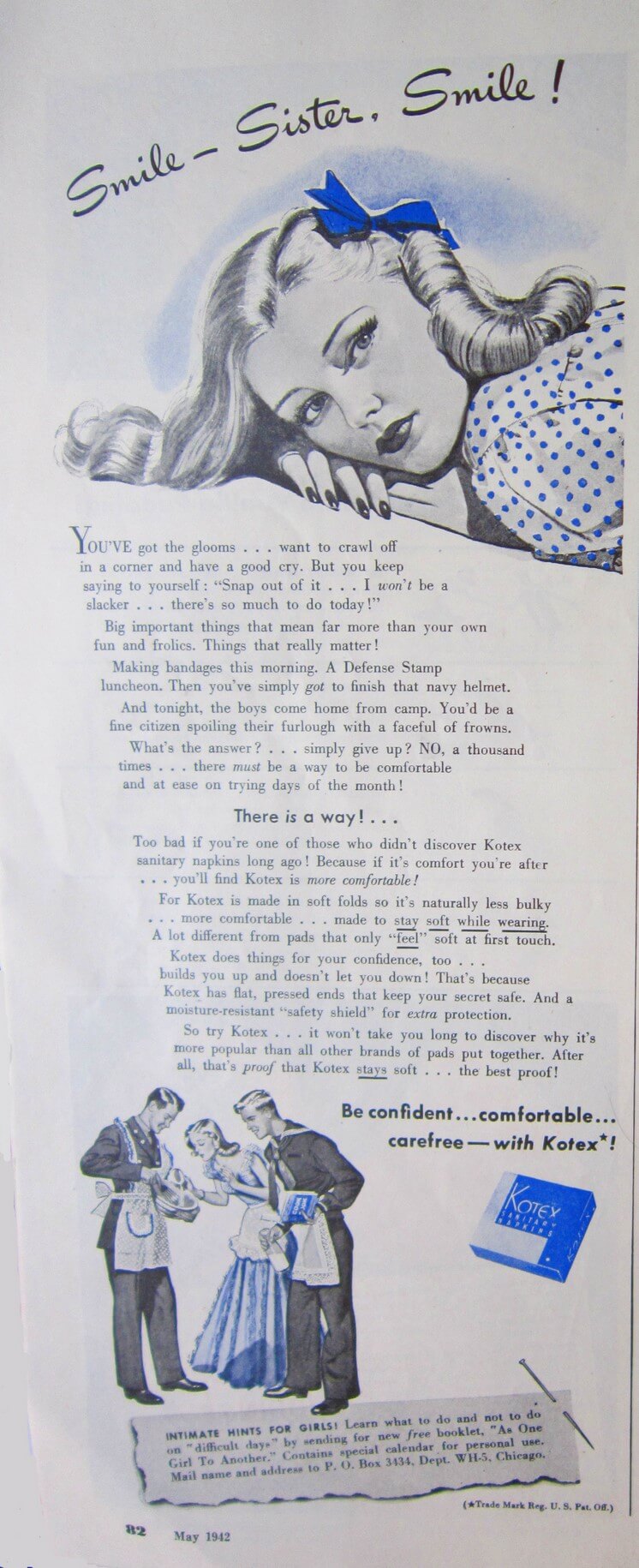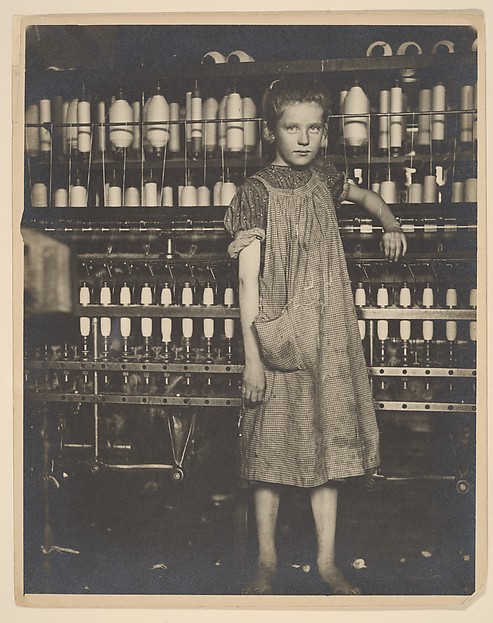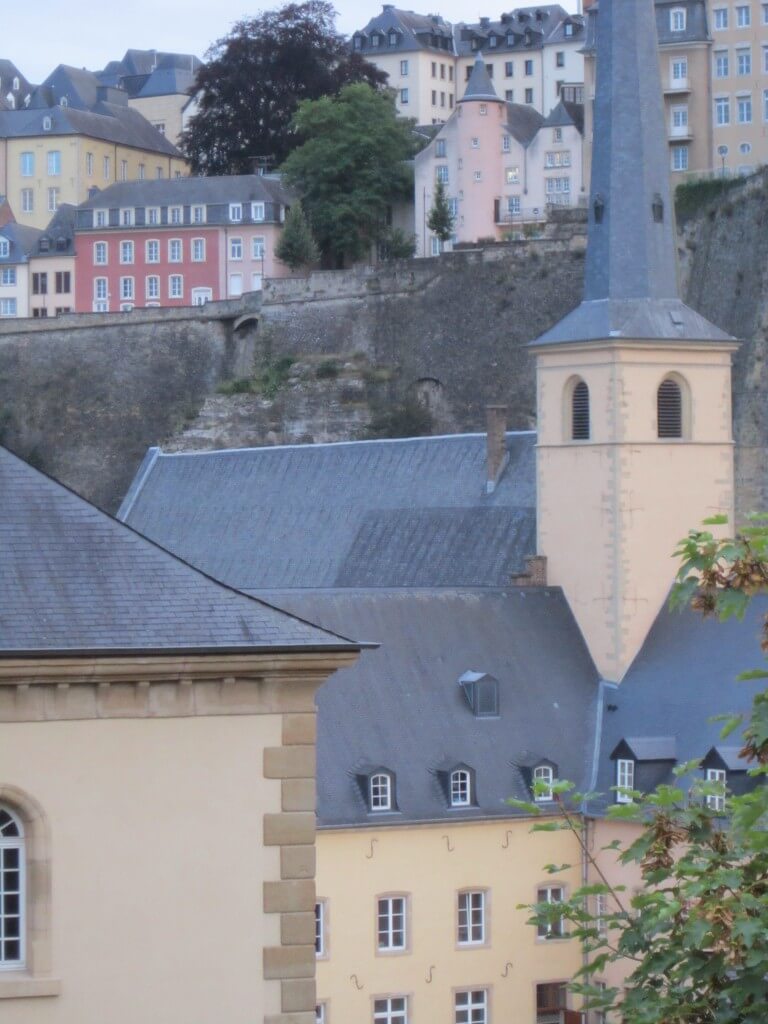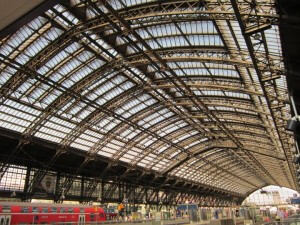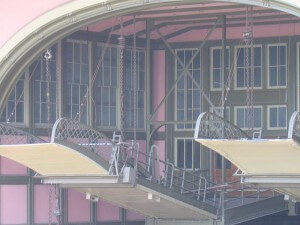
Leaving the historic Ferry Building. RL Fifield 2010.
We are off to Governor’s Island at some point this weekend. Whereas tourists seek Central Park to see some of the greenery of Manhattan, locals hop on the ferry to Governor’s Island, long a military outpost.
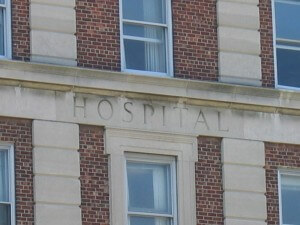
RL Fifield 2009.
The trappings of the military still remain: Castle Williams, Fort Jay, and incredible turn of the century officers quarters. The stately houses that dot the northern part of the island have 1950s kitchens and peeling paint. Artists assemble installations in them, and collectives sell recycled goods and host interactive art projects within. Any weekend might find people playing on the parade grounds among a trapeze school set up, a growing art installation, or some incredible festival, like the New Island Festival in 2009. A project to rehabilitate New York’s oyster population is active on a nearby dock. It’s a little piece of wonder and dreams in the middle of New York Harbor.
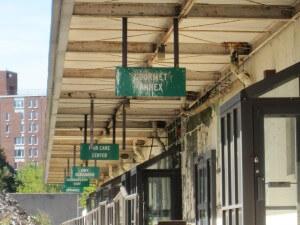
RL Fifield 2010.
At the southern end of the island, Picnic Point gives you a breathtaking view, from Brooklyn, the Verrazano-Narrows Bridge, Staten Island, New Jersey, and up to Jersey City. There are hulking deteriorating remnants of apartment buildings and the PX from the Coast Guard days that a scheduled for demolition in the redevelopment of the southern end of the island. While they are currently of no use to anybody in their current state, it is a pity to see all that housing unused, that history, however recent, wiped away.

